It’s really important to have the correct board to help you ACE your instructor course. Although I’m not guaranteeing total plain sailing to success, here’s some snowboard advice that will make the qualifying process an easier ride.
Why Become An Instructor?
Sooo many reasons for doing one of the best jobs in the world: doing something you love everyday, living in the mountains, the snow, the tan, the parties, the lifestyle, the friends, the fitness, the rewarding job role! It is possible to turn the mountains into your 9-5 office, changing snowboarding into a legit career. You might have been doing seasons bumming around for a few years and want to take that next step (well just to have “something” to justify doing more seasons). Snowboard instructing may have always been what you’ve aspired to do, and you are now moving towards your ultimate goal. Or snowboarding might have just been something you’ve fallen into initially (in a haze of Jagerbombs and seasonnaire fancy dress) but now you’ve really found your calling in life and now imparting your snowboard wisdom onto others is your new destiny. Whatever the reason, you’ve finally figured out what you want to do with your life, and that’s half the battle.

Doing a Snowboard Instructor Course
Snowboard instructor courses however are not something to be taken lightly. In fact, they are a hell of a lot harder than your average 9-5. The course can be some of the most intense (physically and mentally) weeks of your life. An average instructor course will cover elements such as powder, freestyle, moguls, steeps, off-piste, carving, technical skills, hours of shadowing, mountain safety, first aid, reading terrain, weather conditions… and that’s just in the first few weeks. There is also an element of knowledge and teaching theory to master too, and exams eeek! Not only does your riding have to be up to scratch, but you need to be able to teach others. Different teaching methods and learning different ways that people learn will be covered. But once you’ve qualified, it’s all worth it. You really will be living the dream!
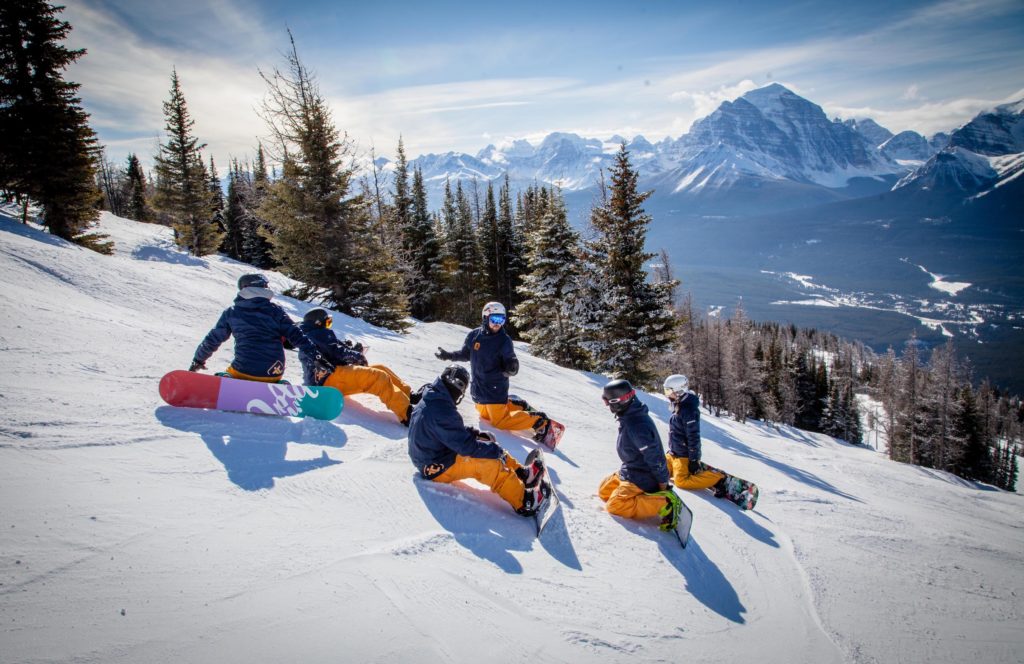
What to look for in a snowboard
Finally onto the important and fun bit… which snowboard to choose. Here are some features you should look for and things to consider when you buy:
Edges
You will need good edges for a snowboard instructor board. You will be riding around the whole mountain in different conditions (sometimes icy), so sharp edges to grip to the snow are essential. Very important for carving also. Each new snowboard will come with good edges, but it’s important to maintain these yourselves buy using a tuning tool whenever they start to feel blunt. Alternatively, take your board to a tuning shop.
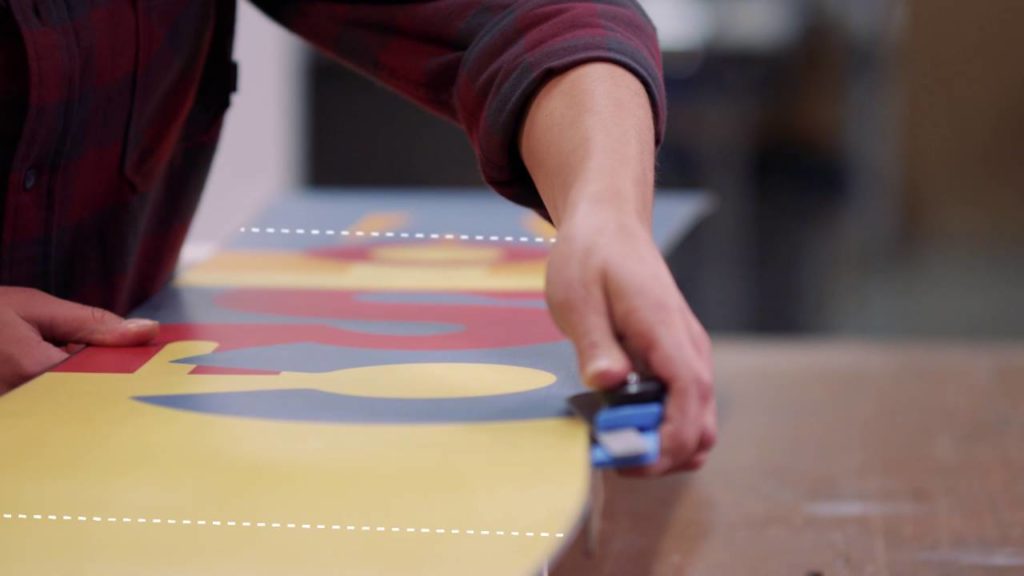
Flex
This refers to how soft or stiff a snowboard is. Deciding which flex is best depends on a number of factors: style, ability, body weight. What sort of riding will you be doing? As an instructor course covers most aspects of snowboarding so you need a board that will cover it all, therefore a medium-stiffness board will be best. This will be soft enough for freestyle stuff and jibbing, but then nice and stable for all- mountain riding and technical riding. How good you are at snowboarding has an impact too. Generally when you are learning, softer is better as it’s more forgiving and easier to manoeuvre. If you are advanced, a stiffer board will be better as you will be going faster/ doing more hardcore stuff so need something more robust. Finally how much you weigh (sorry!) comes into play too. If you are lighter you will need a softer board as you wont have the body weight behind to get the most out of a stiffer board. If you are heavier you will need a stiffer board to support you.
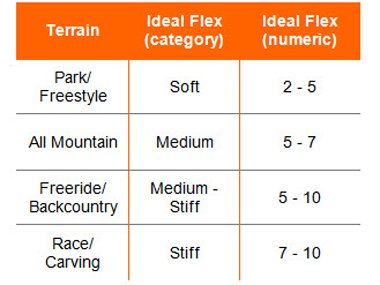
Snowboard Profile
This is how the snowboard sits on the ground. This has become really complicated in the last few years due to advances in snowboard technology. So I will keep it simple: Camber, Rocker, Zero Camber, Hybrid. The original one is camber which is up at the tip and tail and bowed in the middle too, with contact points under the feet. Rocker is the opposite, like a banana. Zero is totally flat and a Hybrid can be any combination of the above. I would recommend a cambered snowboard for an instructor course as it will give the board more pop, hold an edge better and just be more steady in general. Just bear in mind that different brands call the profiles different things, so always do your research.
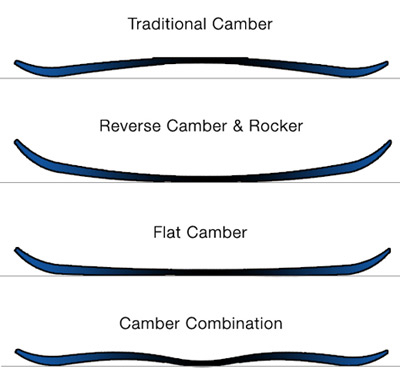
Direction
This refers to the shape of the board and the position of the binding inserts. You can get a Twin, Directional, Directional Twin and a Freeride. For an instructor’s course I would stick to a twin or directional twin. You will need to be able to demonstrate switch riding during your course, and an element of freestyle riding, and twin boards are better at this.

Base
This is the base of your snowboard. There are two types: Extruded and Sintered. Extruded is softer and easier to maintain, but will be slower and easier to damage. Sintered is harder and more difficult to maintain, but will go faster. 100% go for a Sintered base for your instructor course, durable and faster!
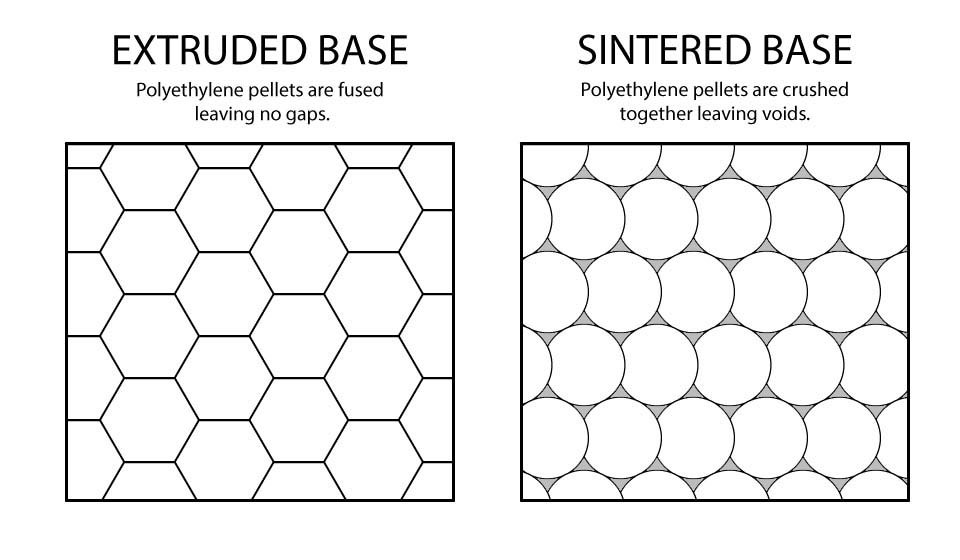
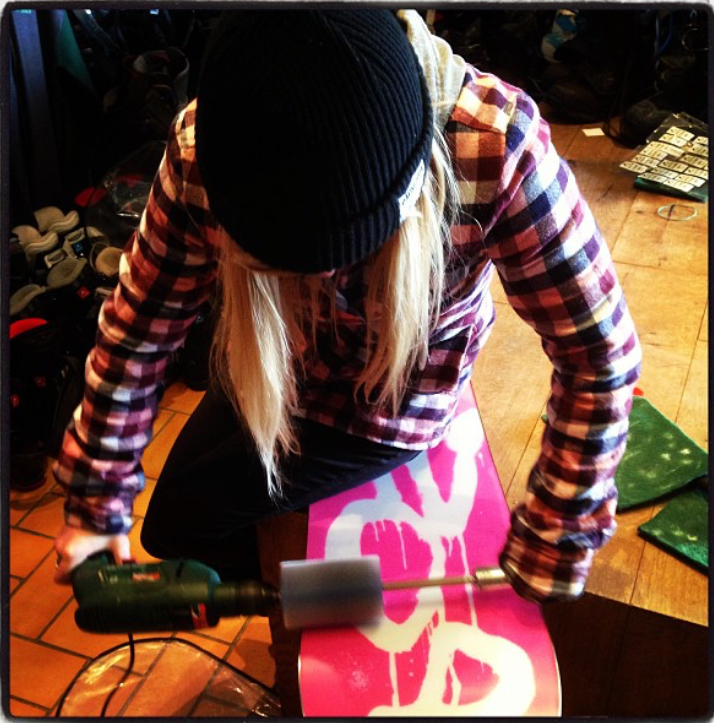
Length/ Width
These need to be correct. For the length, something too long will be hard and cumbersome to control, something too short will be jittery and unstable. As a general rule, choose a snowboard that when held up against your body, the nose/tail should sit level with your chin/ mouth. Weight should be considered here too. Longer for a heavier person, shorter for a lighter person. The width of your board simply needs to accommodate for how big your feet are. A more narrow width for small feet and a wider width for big feet. They make special boards for wide feet.
Other Things To Consider
When/ where will you be going to do your instructor course? If you are going to Europe in the spring the snow might be slow and slushy. If you are going to Canada in January, there might be a lot of powder and it will be cold. This could affect your board choice.
What type of rider are you? Are you an aggressive, speed demon? Or more of a causal cruiser? Stiffer, longer for aggressive; softer shorter for mellow.
What instructor course will you be doing? If just a Level 1, one snowboard that covers everything will do grand. However, if you are advancing your skills to Level 2 or 3, or focusing on specific skills e.g. freestyle or backcountry, you will need a more specific board.

Names Of Actual Snowboards To Buy
Men’s
K2 Joy Driver Snowboard 2018– responsive all-mountain board, set back camber, stiffer flex, bamboo rebound, good for charging!
Ride Machete GT 2018 – all-mountain/ freestyle board, standard camber between feet, reverse camber tip and tail, carbon array 5 for extra response, pop balls, equally at home in the park and the powder.
Lib Tech TRS Snowboard 2018 – all mountain, pushing freestyle and deep into the back country, true-twin, magnetraction, sintered sidewalls, good in every terrain and discipline.
Burton Custom X – Top choice for instructors and pro-riders, with it’s sintered base, cambered profile and twin-tip direction.
Women’s
Ride Hellcat 2018 – a direction hybrid cambered board, good in all conditions, aggressive response, carbon slimewalls, double impact plates.
Capita Jess Kimura Pro Snowboard 2019 – a board to take anywhere, good grip/ pop/ response, light-weight core made out of Candian maple, carbon fibber beans, hybrid profile combining original camber and the rocker.
Gnu Ladies Choice 2018 – Olympic Champion Jamie Andersons board choice, supporting all the different elements of riding, park, pow, backcountry, sintered knife cut base, C2 base profile, magne-traction and the sidewalls/ tip tail are recycled UHMW to represent her eco-ethos.
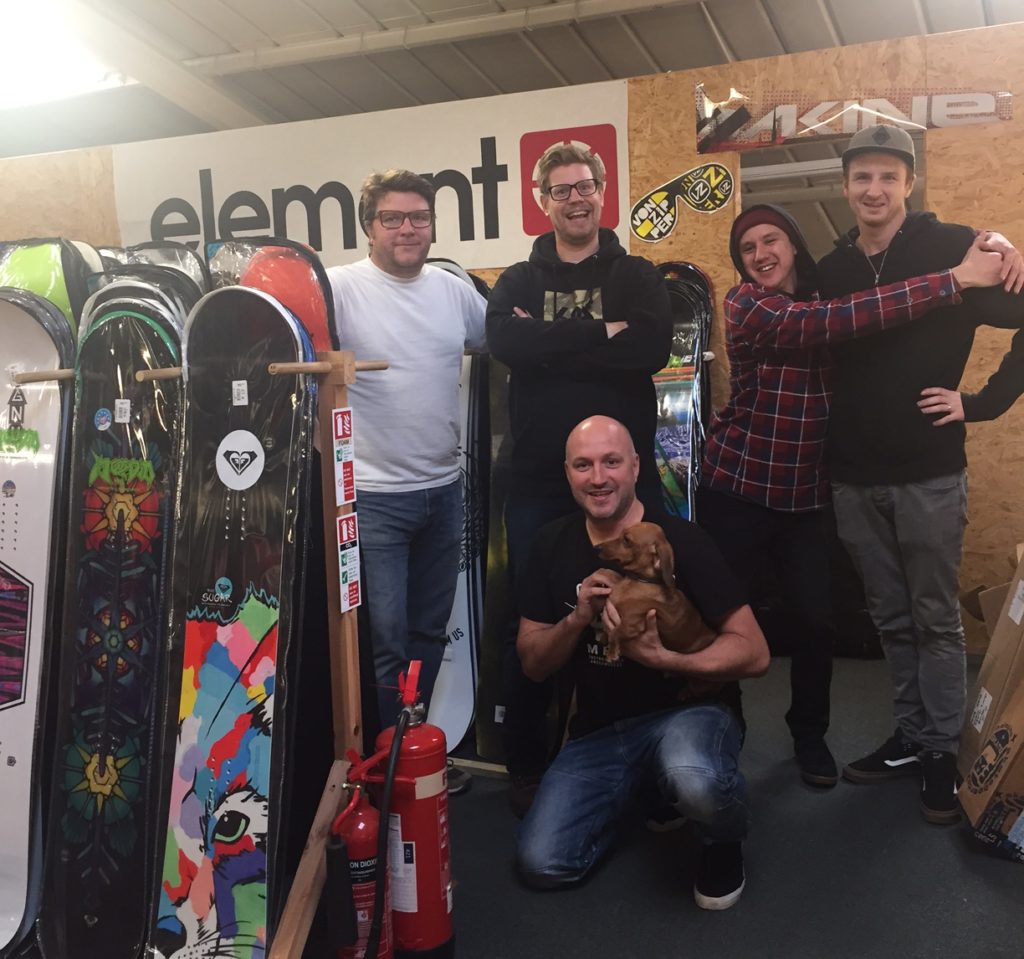
If you need any more helping or guidance, you can give our trusted board advisors at The Board Basement a call and they would be happy to advise you further!
Whatever your reasons for becoming an instructor, whatever course/ route you might choose and whatever elements are thrown at you… having the right board from the outset will make the qualifying process and snowboard life in general a happier ride!